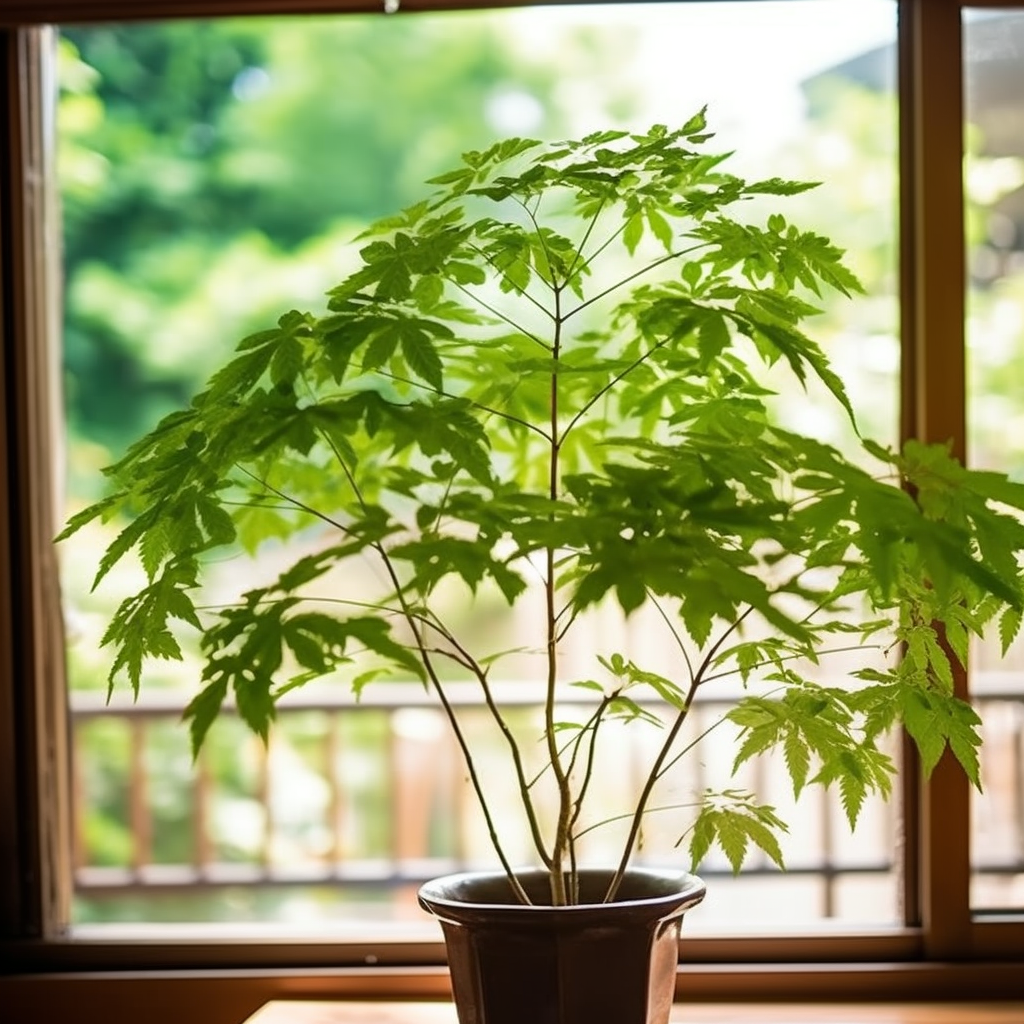Story of Day :
Contents
The Aralia Plant: A Complete Guide and Care Tips
If you’re a garden enthusiast, you’ve probably heard of the aralia plant. This plant is known for its unique appearance and various health benefits. However, if you’re new to gardening or haven’t had much experience with this plant, it can be quite confusing to know where to start. That’s why we’ve created this complete guide on the aralia plant.
Overview of the Aralia Plant
The aralia plant (scientifically known as Polyscias) is a popular houseplant that belongs to the Araliaceae family. There are over 80 species of this plant, but the most common ones include:

- Polyscias fruticosa
- Polyscias guilfoylei
- Polyscias balfouriana
- Polyscias scutellariaeformis
The aralia plants have an exotic appearance with glossy leaves that are divided into smaller leaflets. The leaves can be green or variegated with white or cream-colored spots. The size of these plants varies from small shrubs to large trees up to 20 feet tall.
Care Tips for Aralia Plants

To ensure your aralia plants thrive in your garden, here are some care tips:
Sunlight Requirements
Aralia plants require bright indirect sunlight for optimal growth; they will not do well in direct sunlight as it will scorch their leaves and dry them out fast; however they also do not tolerate low light conditions which makes them ideal indoor plants especially when grown near window sills receiving bright light.

Watering
Aralia plant needs to be kept moist at all times. You can water the plant every few days, ensuring the soil is soaked through and through, but make sure not to over-water them which could cause roots rot and lead to the death of your plant.
Soil Requirements

Aralia plants prefer well-draining soil that is rich in organic matter, with a pH range between 6 to 7. They do not like their roots sitting in water so it’s very important to ensure proper drainage for your potted aralia plants
Fertilizer requirements
You can fertilize your Aralia plants once a month during spring/summer using a balanced liquid fertilizer or slow-release granules that contain nitrogen, phosphorus and potassium (NPK). Be careful not to over-fertilize as this will result in burnt leaves.
Health Benefits of Aralia Plants
The aralia plant has various health benefits that have been scientifically proven. Here are some of them:
- The leaves of this plant have antimicrobial properties; therefore they help purify the air by removing harmful pollutants such as formaldehyde from the atmosphere
- Aralia tea made from its leaves has been used for treating fever, coughs, colds and flu symptoms
- The root extract from these plants is used in Chinese traditional medicine for preventing inflammation and reducing cholesterol levels)
- A study conducted by NASA found out that growing aralias in space helps reduce carbon monoxide levels which makes them ideal indoor houseplants especially during winter when windows remain closed for longer periods leading increased buildup of airborne toxins indoors.
Conclusion
The aralia plant is a unique and exotic houseplant that requires bright light, moist soil, and well-draining soil. It has various health benefits that make it an essential addition to any garden or home. With the tips provided in this guide, you can care for your aralia plants properly and watch them thrive.
